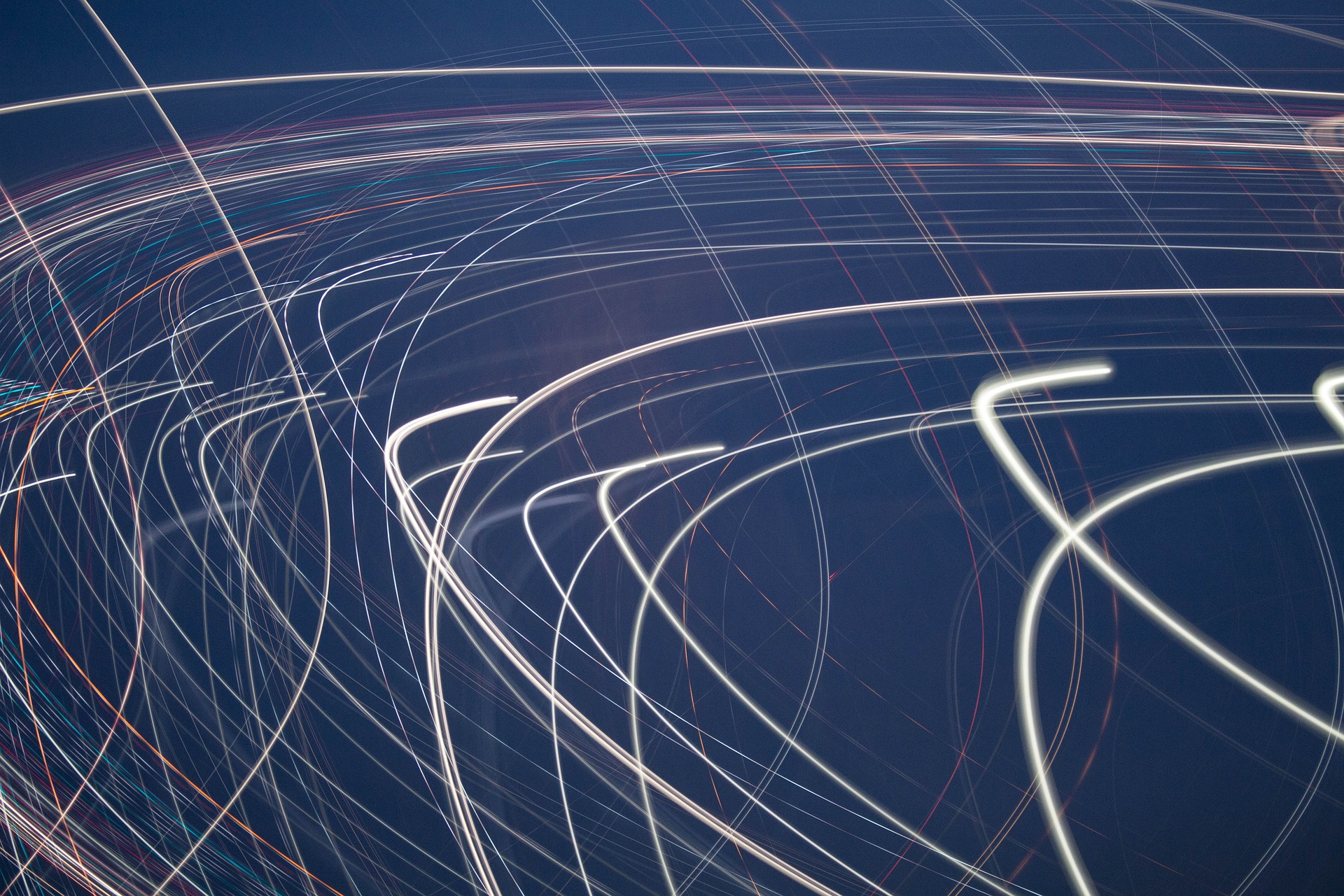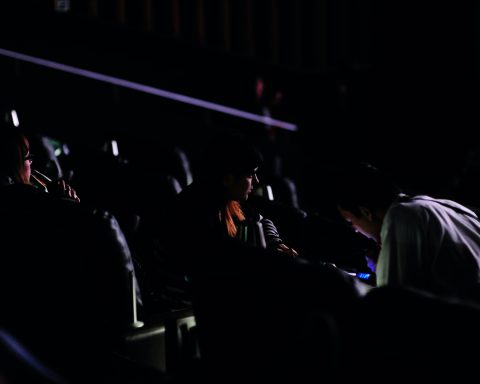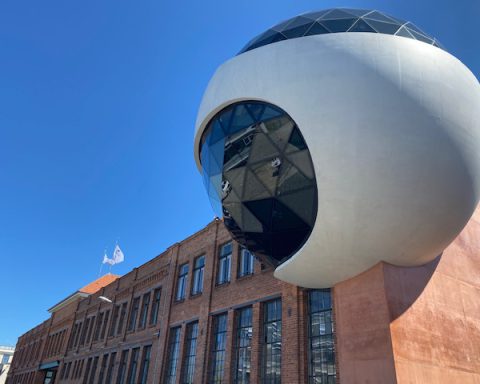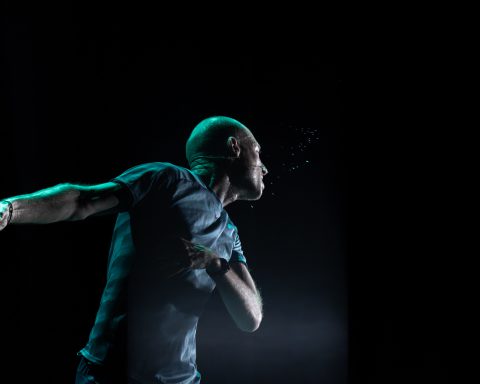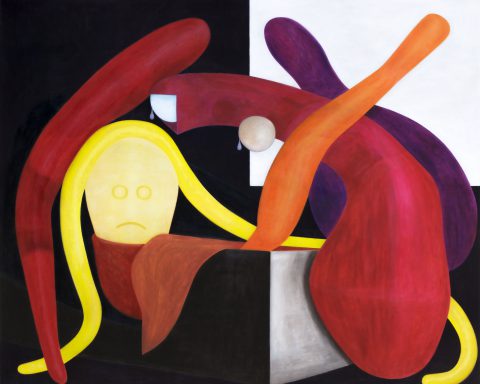How will we live together? This is the issue architects from all over the world came to discuss at the 17th Venice Architecture Biennale. Amongst all answers, the German Pavilion stands out with its radicalism. It displays a wholly dematerialized exhibition that tells us the story of a peaceful future, which has overcome our inability to live together generously.
Every two years, architects from all over the globe gather in Venice to enjoy not only the beautiful city but also the Venice Architecture Biennale – a well-known tradition only few architects want to miss. There, they stroll from one national pavilion to another to see the work of selected pairs of architects who came to work on the Biennale task. This year, the curator Hashim Harkis decided on the discussion topic:
How do we imagine spaces in which we can live together generously?
As a trained architect committed to improving city spaces, I know this question has multiple answers. However, I was surprised by the answer given by the German Pavilion.
I was just leaving the French Pavilion. There, the team led by Christophe Hutin was exhibiting tedious research on architectural projects from all over the world that defended a simple and realistic idea: in order to live together, we need to build in collaboration with the inhabitants. If this answer was a bit consensual amongst architects, it was still relevant for a larger audience. In fact, despite proven success in saving resources and achieving quality buildings, participatory processes are still very rare worldwide. The French Pavilion envisioned that the future does not rely on radical transformations: solutions to live better together are already enforced. They just needed to be implemented more widely.
Reassured about the future but a bit disappointed by the exhibition’s lack of ambition, I walked across the austere German Pavilion portico close by.
In a matter of a heartbeat, I left a Pavilion full of texts and videos to enter a completely empty one, with nothing from floor to ceiling, only a few QR codes on the walls. Confused, I walked back towards the entrance to find large screens where modern-looking flight attendants invited us to enter the 2038 “New Serenity” world with a smartphone as our only luggage.
Through our smartphone, we were launched into a science-fiction-style trip to a world that is pacified by our new technologies.
To convey the enviable future achievements, the German Pavilion calls on fictional narratives but also on testimonies of global artists and intellectuals, such as Vint Cerf, one of the founders of the internet, or Francesca Bria, President of the Italian National Innovation Fund. They tell us, for instance, how in a foreseeable future, artificial intelligence will allow us to upload ourselves in order to travel to the galaxy, or how decentralized data infrastructures will allow people to get value from their own data on the web.
In this 2038, people will laugh about how the 2020s looked like, about all the barriers preventing people from living together generously.
The exhibition scenography is a critical demonstration of this. Together in the same room, we are sadly isolated, our attention captivated by our telephone where the virtual future is told. This scenography is disturbing because it mirrors what we truly are: isolated people in a hyper-connected space, often forgetting the beauty of the physical world.
I came out of the exhibition very enthusiastic.
Far from being a botched exhibition, the German Pavilion succeeds in combining a caustic criticism of the actual world with a surprising scenography into mindful science-fiction narratives. This is the duo physical-digital space that architects worldwide will not be able to ignore anymore. The challenge will not only be to shape the earth to host people, but also to influence the use of new technologies to ensure that the two spaces fully coexist with their own set of constraints. We can hope that in 2038, the virtual world will not solely be a way out of the physical world. To my knowledge, only the German Pavilion discusses this topic in the Biennale.
The shortest way — and the most ecological — to the Biennale is to take direct night trains from Leipzig to Venice. There is still some time left to see the exhibition: the Venice Architecture Biennale closes on November 21st, 2021.
If you cannot attend, the pavilion dematerialization also has a significant advantage: we are able to watch the extensive exhibition for a much longer time, comfortably seated on your couch, on 2038.xyz.

